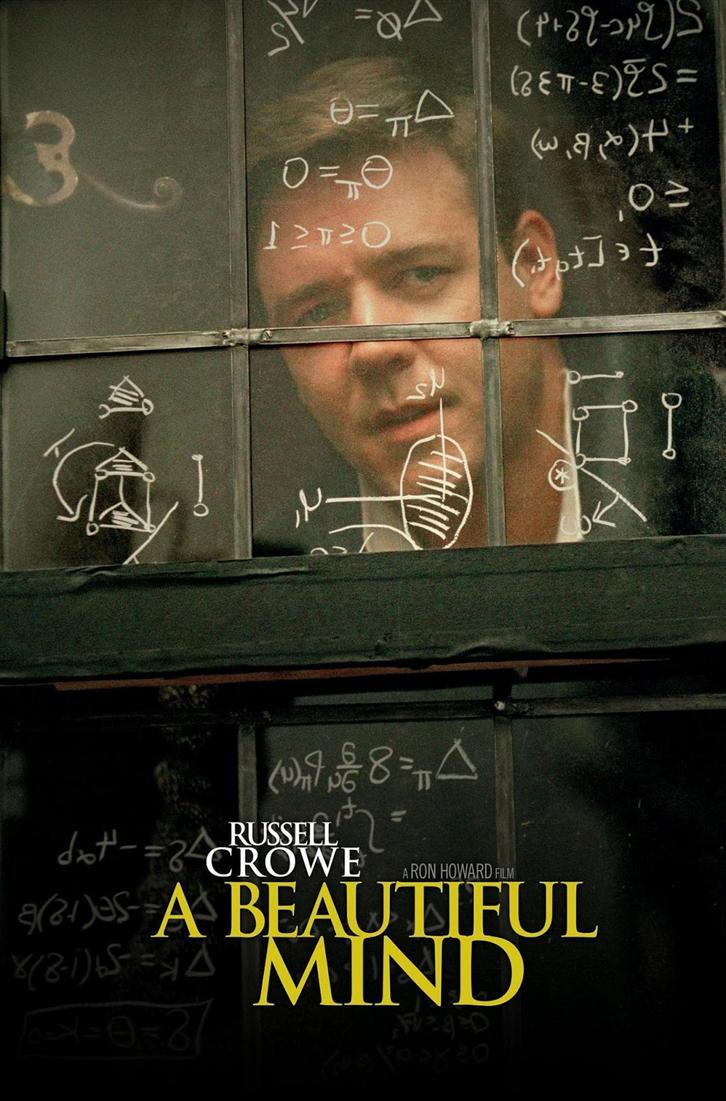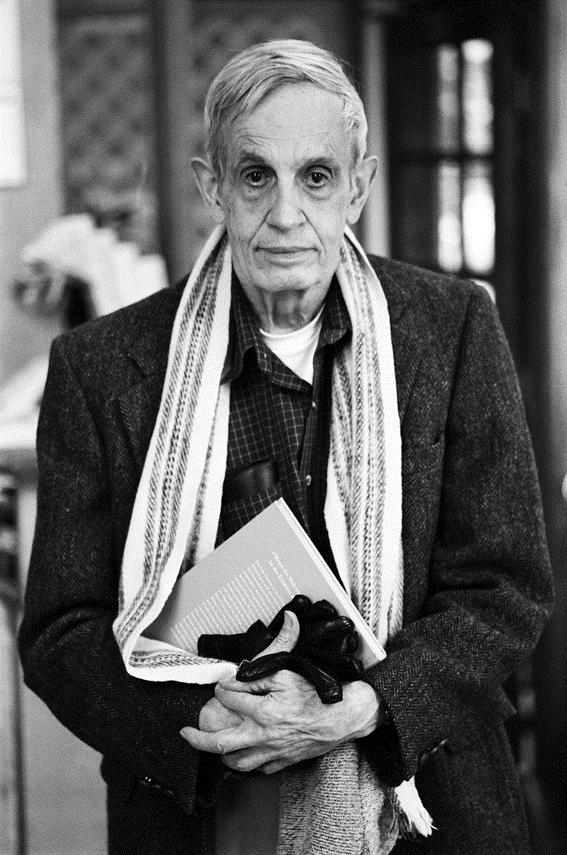
G! VOICE Introduces:
Adapted from a true story based on the life of legendary mathematician John Nash. Although being a academic prodigy, he had an intense personality and was socially awkward to say the least. However, it was determined that his original theories was the key to it all. His works overthrew Adam Smith’s homo economicus theory that dominated for 150 years, and was offered a position in MIT. Soon he was invited to cooperate with a mysterious secret intelligence that needed his help to crack encrypted telecommunication… He fell in love with one of his students, Alicia, and they gradually married, until the secret missions started to jeopardize his so-called normal life…
Introduction:
Ron Howard optimizes his technique of story-telling by paralleling complex mathematical equations with simple “dating logic” to help viewers understand the theories effortlessly. The film, from that point on, focuses on how Nash composes his theory out from bits and pieces of chaotic equation; Howard opts for a humorous portrayal on the more drier subjects, until the mood darkens after our hero is approached by the people from the Pentagon. The de-coding scenes (although all in Nash’s head), demonstrated perfectly Nash’s extraordinary intelligence and talent in mathematics. Besides simply enjoying the mindworks of a genius, John Nash gets to show his romantic side, too, as he maps out the stars in a night sky for his girlfriend; upon winning over Alicia’s heart, he won over all the female audiences alike. Director Ron Howard tackled on a tricky subjects such as inner struggles, mental illness, and the world of academia, yet in a way that got the audience rooting for him, curiously even when his rationality starting breaking down and the giant falls before us. This is indeed one of Howard’s greatest directions yet, don’t miss it.

John Forbes Nash Jr. (June 13, 1928 – present)
An American mathematician, a former teaching assistant in the Massachusetts Institute of Technology, whose works in game theory, differential geometry, and partial differential equations. In 1950, John Nash accepted a scholarship to Princeton University where he earned a doctorate with a 28-page dissertation. This was the base of later infamous “Nash equilibrium”.
A Beautiful Mind Trailer
Also recommended:

A Beautiful Mind :
A biography of John Forbes Nash, Jr. , winner of the Nobel Prize in economics
About the author Sylvia Nasar
Translated by: S.T Po, L.U Xie, and Y.Y Chueng.
References:
